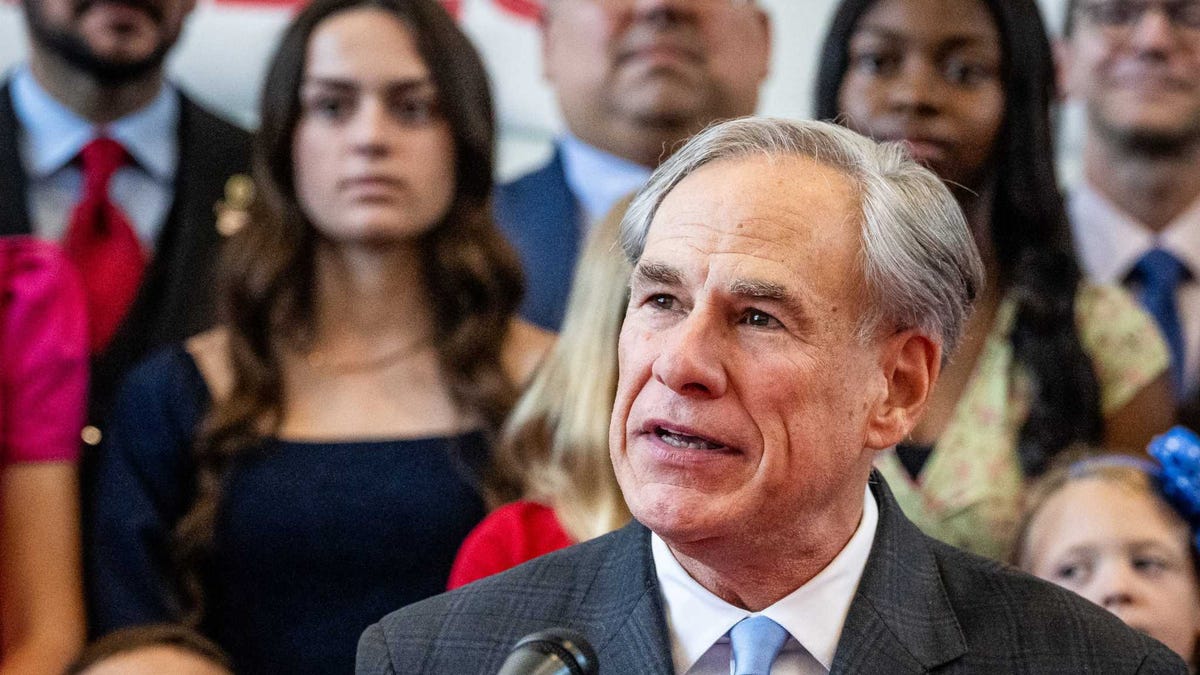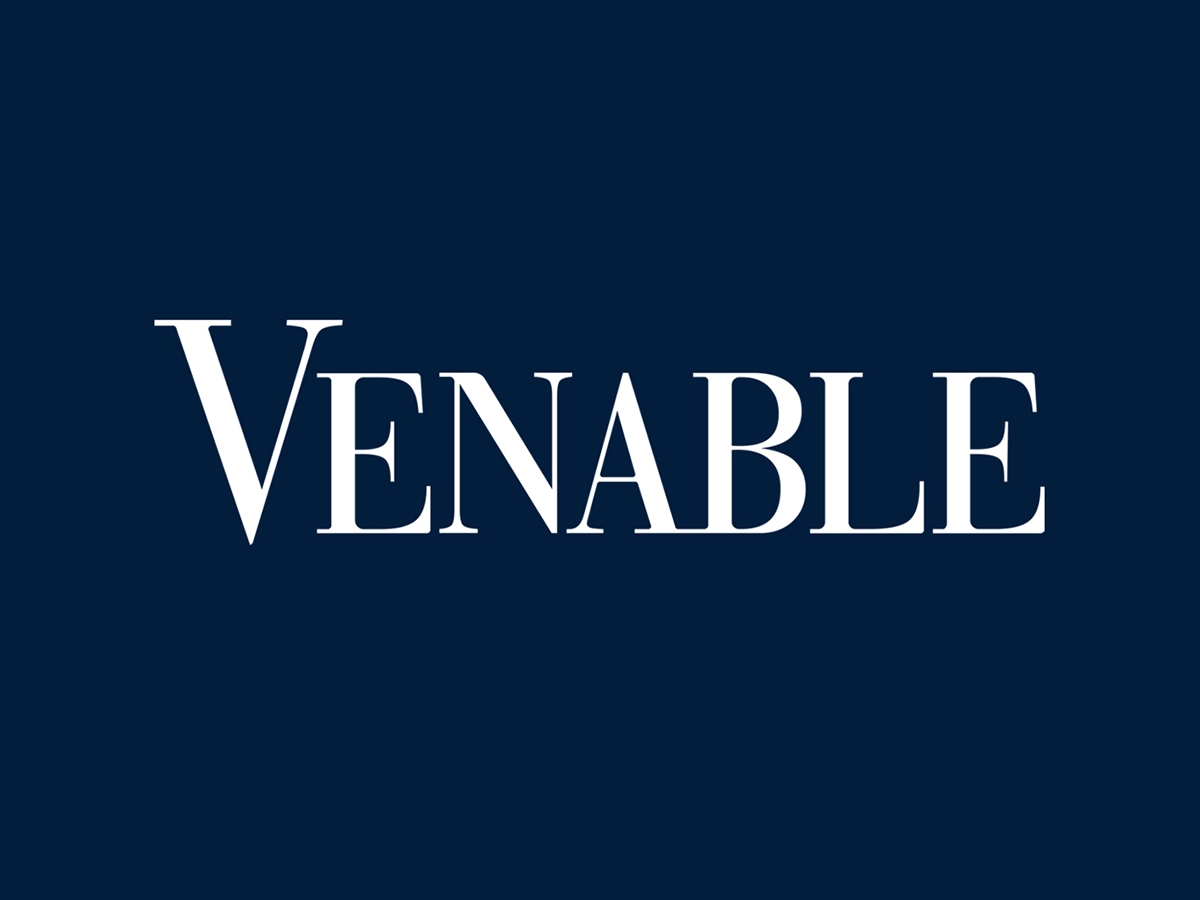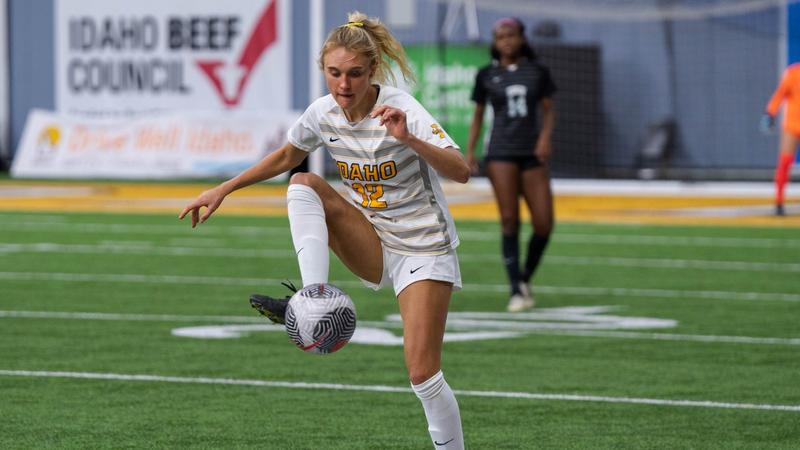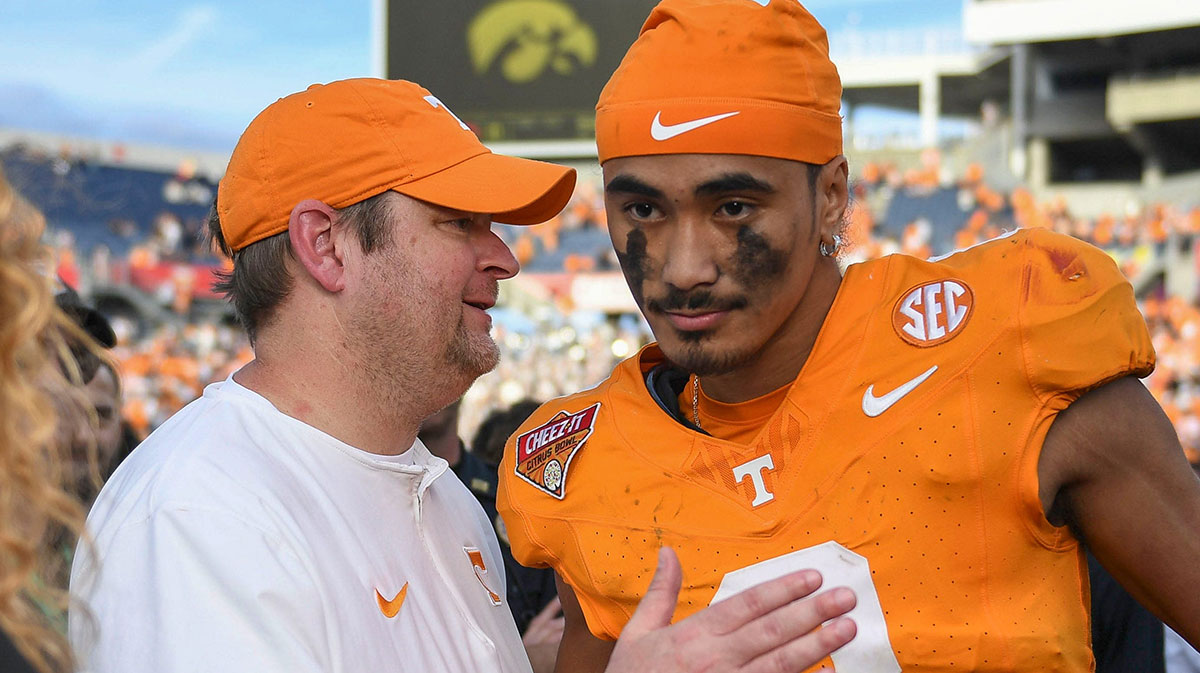Associated Press
Saint Peter’s, Fairleigh Dickinson and Maryland-Baltimore County — three schools that have taken March Madness by storm at various points in the past decade — have declined to opt in to college sports’ new revenue sharing model.
The newly formed College Sports Commission, which oversees revenue sharing following the House settlement, posted a list of schools that have opted into revenue sharing. All members of the ACC, Big Ten, Big 12, Pac-12 and Southeastern Conference are participating, and other Division I schools had to opt in or out by June 30.
Saint Peter’s, which reached the men’s Elite Eight as a No. 15 seed in 2022, did not opt in. Iona and Manhattan, who play with Saint Peter’s in the Metro Atlantic Athletic Conference, didn’t either.
UMBC and Fairleigh Dickinson, the only two teams to pull off a 16-over-1 upset in the men’s basketball tournament, opted out as well. Fairleigh Dickinson is part of the Northeast Conference, which had just one school — Long Island University — opt in.
“It’s expensive to opt in,” Idaho athletic director Terry Gawlik told the Lewiston Tribune. “We don’t have that kind of money to pay for that.”
Idaho is one of several Big Sky schools opting out.
In addition to the costs of sharing revenue directly with athletes, Title IX concerns and scholarship limitations are among the reasons a school might opt out.
“Revenue sharing and scholarship limits are really one piece, but the big thing for us is the roster limitation,” Central Arkansas athletic director Matt Whiting told the Arkansas Democrat-Gazette while explaining his school’s decision to opt out.
Military rules prevent Navy, Air Force, and Army from compensating athletes through name, image and likeness deals, but aside from them, the Football Bowl Subdivision leagues have full participation in the settlement.
Other conferences with all full members opting in included the Atlantic 10, Big East, Coastal Athletic, Horizon, Missouri Valley, Southwestern Athletic, Western Athletic and West Coast. The Big West had everyone opt in except Cal Poly and UC Davis, which play football in the Big Sky.
Nebraska-Omaha is the lone full member of the Summit League to opt out, and Tennessee State is the only full Ohio Valley member to do so.
The Ivy League said in January that its eight schools — which do not award athletic scholarships — would not participate. The Patriot League didn’t have any full members opt in either, although Fordham, Georgetown and Richmond — associate members who play football in that conference — did.
Of the 68 schools that made the NCAA men’s basketball tournament last year, only American, Nebraska-Omaha, Saint Francis and Yale have opted out of revenue sharing. Five schools that made the women’s tournament opted out: Columbia, Fairleigh Dickinson, Harvard, Lehigh and Princeton.
Commissioners of historically Black conferences have expressed concern that the push to make athletes school employees could potentially destroy athletic programs — but the Mid-Eastern Athletic Conference and Southwestern Athletic Conference had everyone opt in except North Carolina Central.
Some schools that don’t play Division I football or basketball opted in — such as Johns Hopkins with its storied lacrosse program. Augusta University, which is located in the same town as the Masters and perhaps unsurprisingly competes in Division I in golf, was on the list of teams opting in.
___
AP sports: https://apnews.com/sports
recommended























































